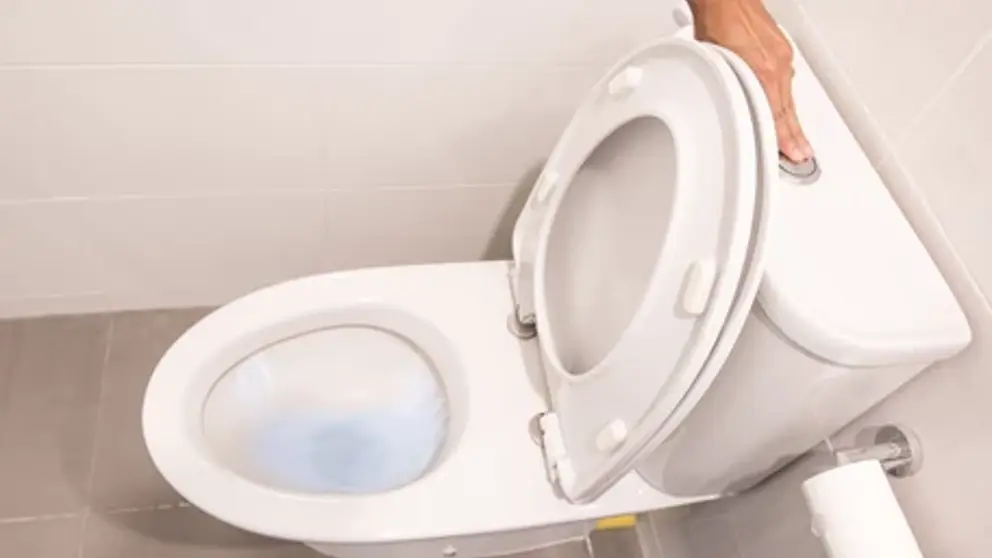A bathroom sink leak can be a significant hassle, especially if not addressed promptly. From increasing water bills to potential water damage, the implications of a persistent leak are numerous. This article will provide you with a detailed guide on how to effectively tackle a bathroom sink leak fix, ensuring your plumbing system remains efficient and your home free from water damage.

Understanding Bathroom Sink Leaks
Before diving into the leak fixing process, it’s essential to understand what causes these leaks. A bathroom sink leak can originate from various sources, including worn-out washers, corroded pipes, or even loose fittings. Identifying the root cause is the first step in ensuring a successful fix.
Identifying the Source of the Leak
To effectively fix a leak, you must first pinpoint its source. Start by inspecting the pipes under the sink. Look for signs of water accumulation or moisture, which indicates a leak. Check the faucet, drain, and pipes for any visible damage or loose connections.
Common Leak Sources
- Faucet leaks: Often caused by worn-out washers or O-rings.
- Drain leaks: Usually due to loose fittings or corroded pipes.
- Pipe leaks: Result from cracks or corrosion in the pipes.
Tools and Materials You Need
Gathering the right tools and materials is crucial for an efficient bathroom sink leak fix. Here is a list of essentials:
- Adjustable wrench
- Pipe wrench
- Plumber’s tape
- Replacement washers and O-rings
- Bucket and towels
Step-by-Step Guide to Fixing the Leak
1. Turn Off the Water Supply
Before starting any repair work, ensure that the water supply is turned off. Locate the shut-off valves under the sink and turn them clockwise to stop the water flow.
2. Inspect and Repair the Faucet
If the leak is originating from the faucet, disassemble it carefully to examine the washers and O-rings. Replace any worn-out components and reassemble the faucet.
3. Check and Tighten Drain Connections
A leaky drain is often due to loose connections. Use an adjustable wrench to tighten any loose fittings. If the leak persists, inspect the drain pipe for corrosion and replace it if necessary.
4. Examine and Repair Pipes
If the pipes are leaking, inspect them for cracks or corrosion. Replace any damaged sections and ensure all connections are secure using plumber’s tape.
Preventive Measures to Avoid Future Leaks
Prevention is always better than cure. Regular maintenance and inspection can prevent leaks from occurring. Here are some tips:
- Regularly check for any signs of wear and tear.
- Ensure all connections are tight and secure.
- Inspect the faucet and drain for any signs of leakage.
When to Call a Professional
While many leaks can be fixed with a DIY approach, some may require professional intervention. If you encounter persistent leaks or significant water damage, it’s best to consult a licensed plumber.
Conclusion
A bathroom sink leak fix doesn’t have to be daunting. By understanding the causes, gathering the right tools, and following a step-by-step guide, you can tackle most leaks efficiently. Regular maintenance and timely repairs can help prevent future issues, ensuring your bathroom remains leak-free and functional.

FAQs
How do I know if my bathroom sink is leaking?
Look for signs of water accumulation under the sink, increased water bills, or visible moisture around the faucet and pipes.
Can I fix a bathroom sink leak myself?
Yes, most leaks can be fixed with basic tools and materials. However, for complex issues, it’s advisable to consult a professional.
What causes bathroom sink leaks?
Common causes include worn-out washers, corroded pipes, and loose connections.
For more tips on identifying leaks, you can visit this guide.
For detailed insights on bathroom leaks, check out bathroom leak behind wall and how to fix a bathroom leak.
This article contains affiliate links. We may earn a commission at no extra cost to you.



